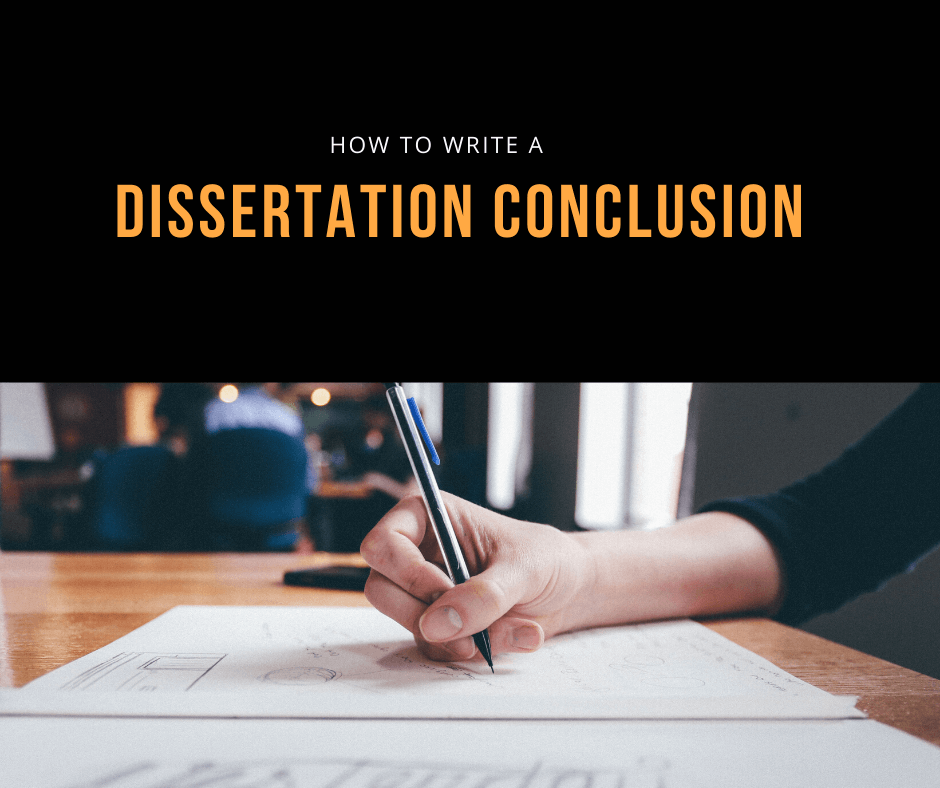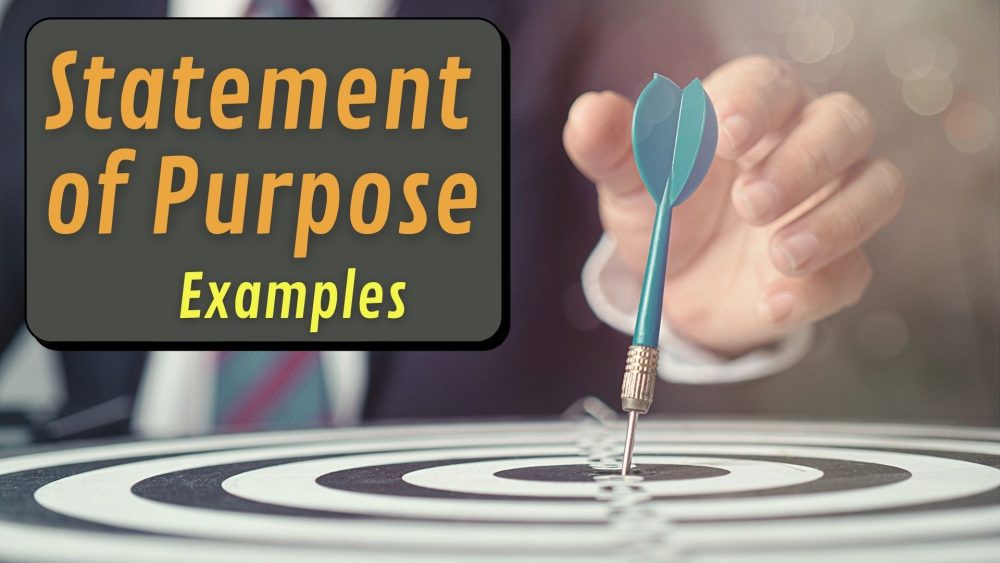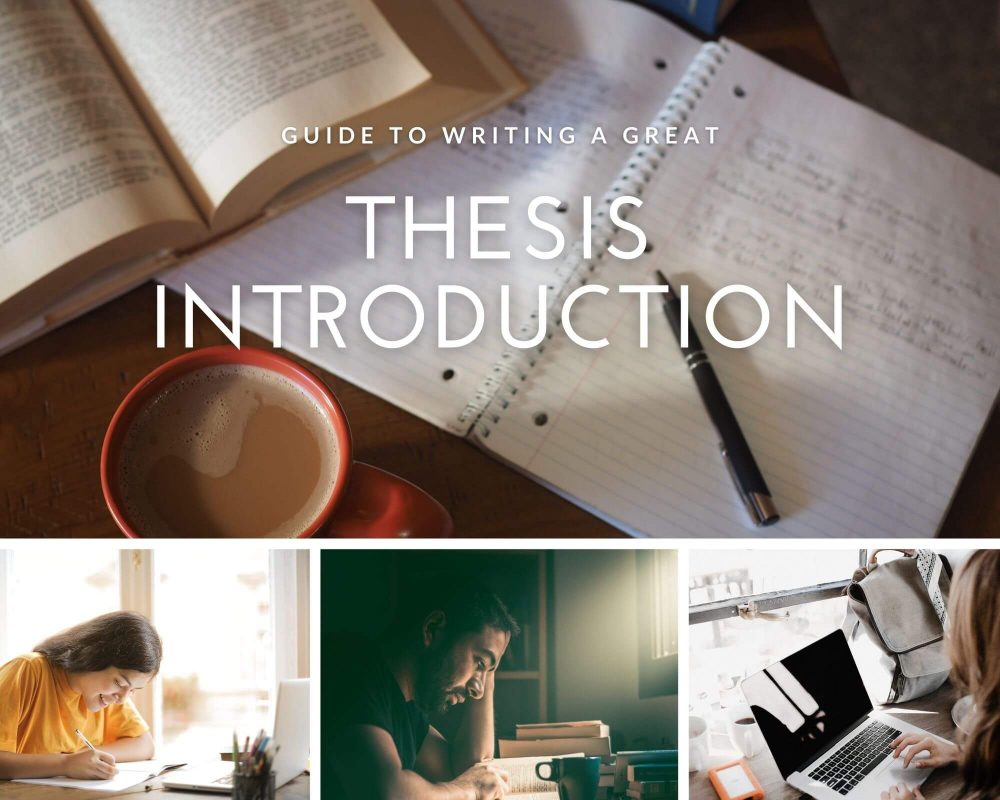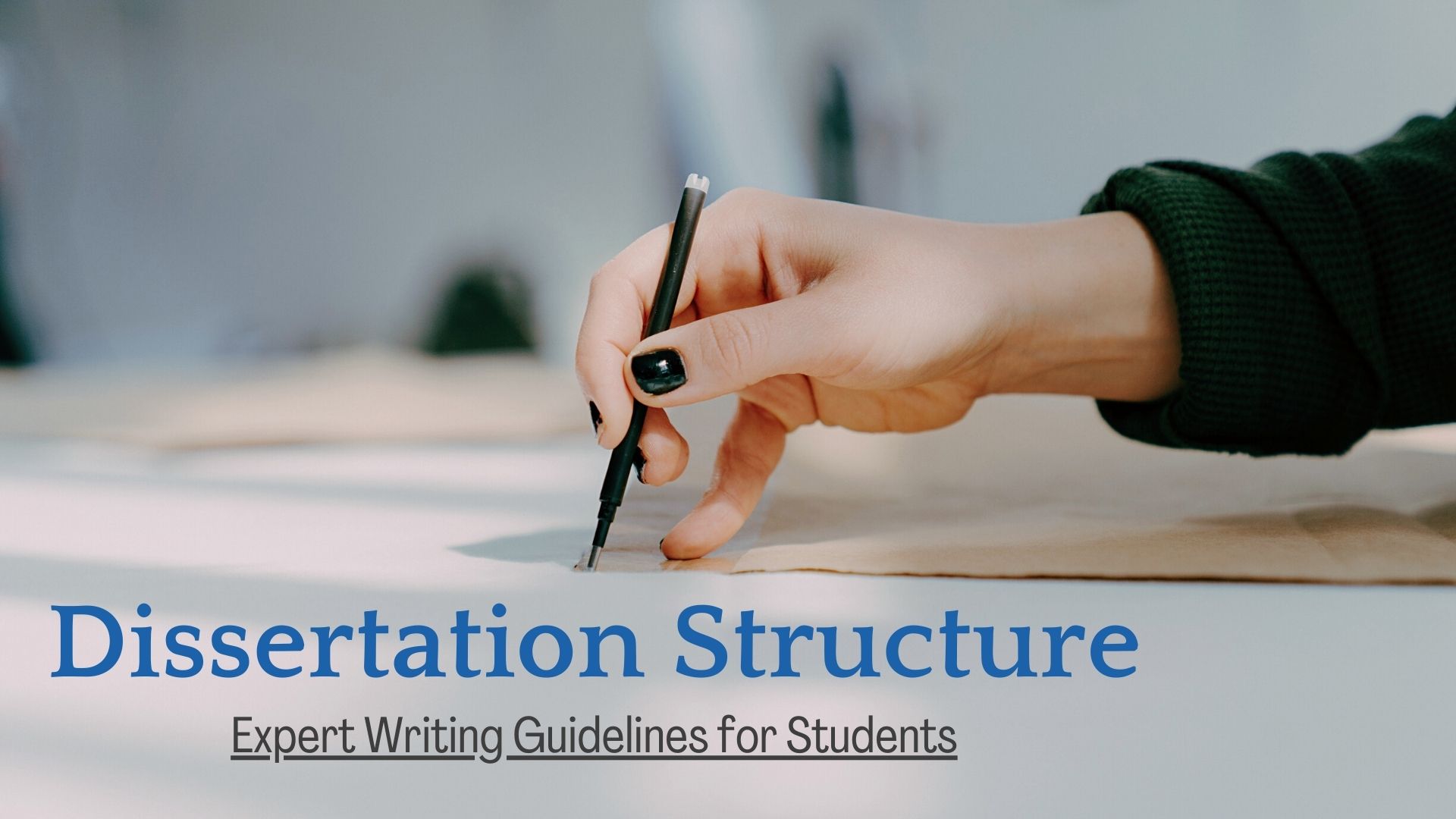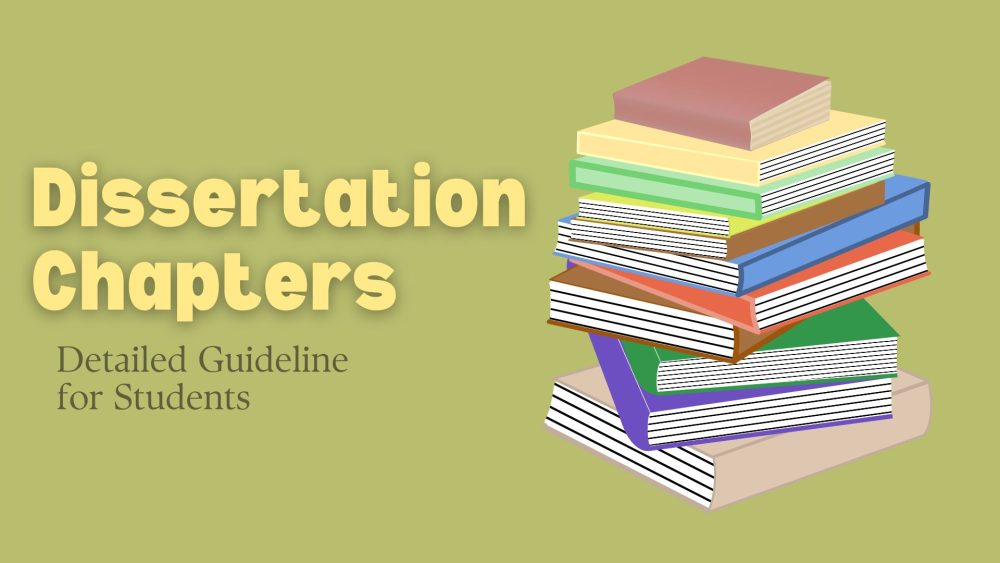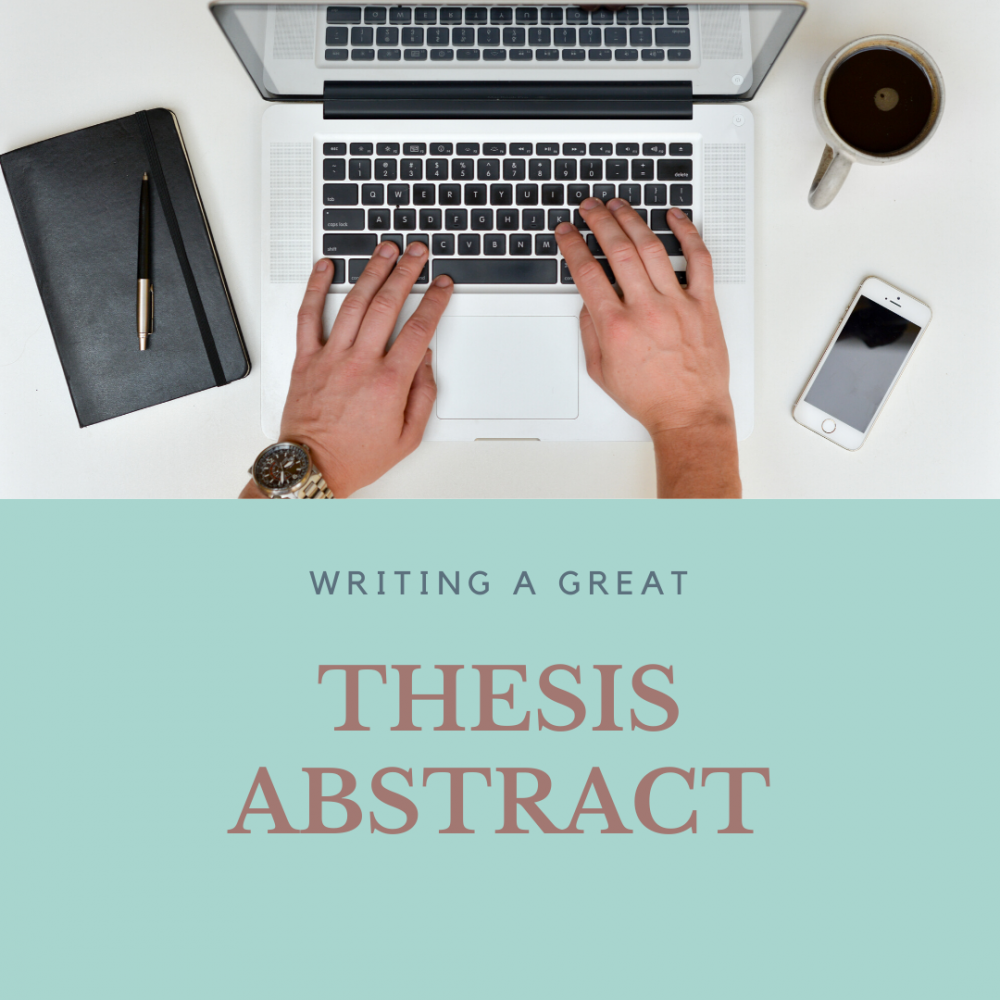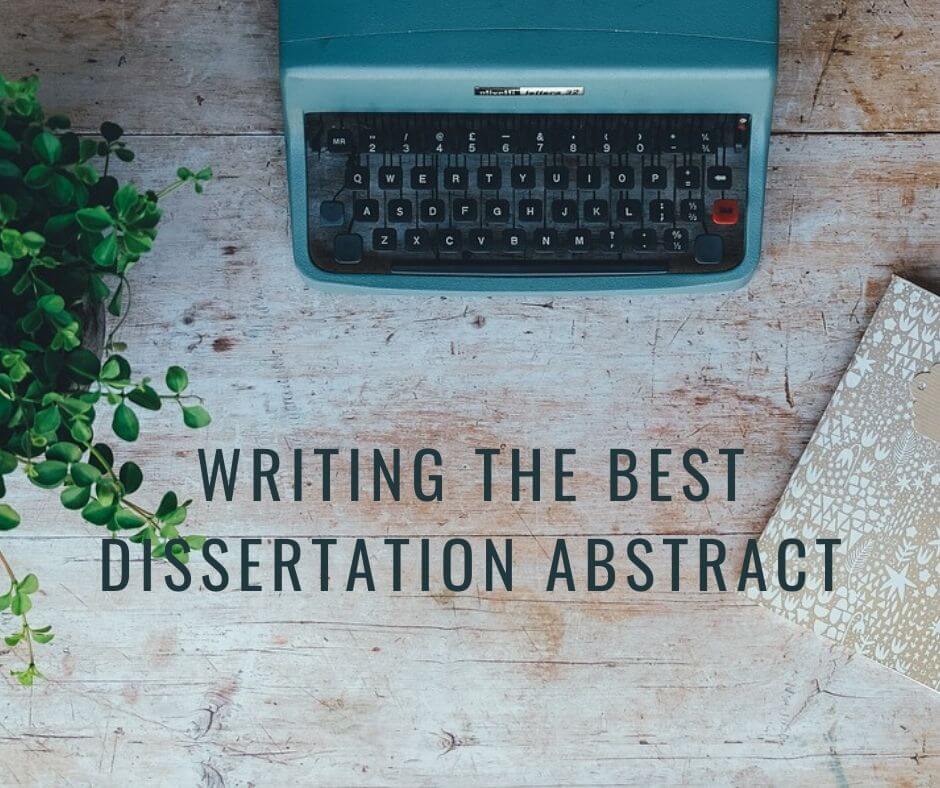Table of Contents
- 1. Definition of a dissertation conclusion
- 2. How to write a dissertation conclusion
- 3. How long should a dissertation conclusion be?
- 4. Differentiating conclusion and discussion
- 5. Writing a dissertation conclusion
- 5.1. Step 1: Start by Answering the Thesis Questions
- 5.2. Step 2: Summarize the Thesis Findings
- 5.3. Step 3. Draw Key Recommendations
- 5.4. Step 4. Highlight the Contribution
- 6. Close the thesis
Dissertation Conclusion: What Is It?
The dissertation conclusion is the final chapter of the thesis, wrapping up the research conducted and summarizing the key outcomes of a discussion section.
How To Write A Dissertation Conclusion
- Answer the research questions of the study. These are solutions to the questions that you brought forward in the first chapter of the dissertation.
- Summarize the dissertation/ your study. The summary captures the key arguments brought out in the dissertations and also reflects on them.
- Draw the main recommendations. These are further elaborations on the recommendations that you drew in the discussion.
- Demonstrate the contribution you have made. This gives your readers a clear impression of the impact that you have made with the dissertation in the area of study.
When thinking of how to write thesis conclusion, it is important to make it easy-to-read, concise, and fun to read. Your goal should be putting across the argument that your dissertation brought out. Although you will most probably have handled the introduction, literature review, methodology, and discussion of the dissertation, the importance of the dissertation conclusion cannot be underestimated.
- It answers the research questions of the study.
- It provides you with the opportunity to summarize the findings of the study.
- Offers you the opportunity to make recommendations for additional studies.
- Clearly highlights the additional knowledge that your dissertation has added.
How Long Should a Dissertation Conclusion be?
Before we can dig deeper into the main ways to start a conclusion of a thesis, it is prudent to know how long it should be.
The recommended length of a dissertation conclusion is 5-7% of the overall word count.
But you should note that empirical scientific studies, which are shorter, rock shorter conclusions compared to those of studies in humanities. You might want to check a dissertation conclusion sample from a top student or expert to see how he/she did the conclusion.
Differentiating Conclusion and Discussion
Taking a closer look, you might notice that a dissertation conclusion and discussion have some similar components. Indeed, some universities recommend combining the conclusion and discussion.
The main difference between the two is that a conclusion is shorter and takes a more general perspective compared to the discussion. Note that a conclusion should not introduce new information or arguments.
Writing A Dissertation Conclusion
To make concluding your thesis easy and direct, you should follow these four steps. Since you are concluding, it is important to have the arguments clear both in your mind and the thesis. Here is a step-by-step guide on how to conclude a thesis.
Step 1: Start by Answering the Thesis Questions
If you have been wondering how to start a thesis conclusion, the best way is restating the main study questions and thesis. The conclusion offers you the chance to show the reader that the thesis achieved the core goal it was intended to. So, it is important to craft a straightforward answer to the questions of the research. Remember to avoid simply restating the findings because you will sound repetitive. Instead, synthesize them and put them across in an easy-to-remember manner. See the examples of how to restate thesis in conclusion.
By evaluating the fast-changing representation of migration and Italy border policy in the past 15 years, this demonstrated that media discourse can help to shape the decision making in a country.
Step 2: Summarize the Thesis Findings
The person who is reading your dissertation conclusion has come a long way from the first chapter. Before finishing reading the study, this is a great opportunity to remind him/her why you started working on the study in the first place. Well, go a step further and demonstrate how articulately the results from the study synched with your main expectations. So, summarize the study coherently, showing the entire journey that was followed during the study.
At this point, many students find themselves doing a lot of repetition, which can make the conclusion boring. Instead of simply summarizing chapters, consider using a reflective approach. For example, how effectively did the findings answer the questions of the study? Here are some examples of how to do it:
This study strongly demonstrates that Y, but further raises fundamental questions about X and Z
Step 3. Draw Key Recommendations
Although you are likely to have highlighted the recommendations when writing the discussions, here is another opportunity to provide further elaboration. So, how do you do it? Here are some examples:
- From these conclusions, researchers should factor ….
- To comprehend the impacts of the findings brought out in this study, more studies could help to find out …
- Additional studies are required to bring out the relationship between …
Here, it is important to be factual. Remember that when you call for additional studies, a question about it could be thrown your way during the thesis defense.
Step 4. Highlight the Contribution that Your Thesis has made in Your Area of Study
As you close the thesis, your reader should not be left in doubt about the contribution that you made to knowledge in the area of study. Here are some unique ways that you can achieve this:
- Revisit the main problem of the study and demonstrate how the study solves it.
- Using the literature review, demonstrate how the study helped to seal the gaps that existed there.
Close the Thesis
After writing the thesis, you are finally approaching the end. So, it is the best moment to hit the final steps because everything is still clear and fresh in mind. Make sure to also check another top example of conclusion in thesis and compare it with yours. The aim is to make your conclusion look better. Here are the main things that you need to work on:
- The abstract. Although this is coming in the last part of the dissertation, it is positioned before the table of content of the dissertation.
- Reference list.
- Appendices.
- Proofread your dissertation.
Tired of writing dissertation on your own? Great news! Enter promo “thesis20” and get a unique conclusion with 20% discount!
